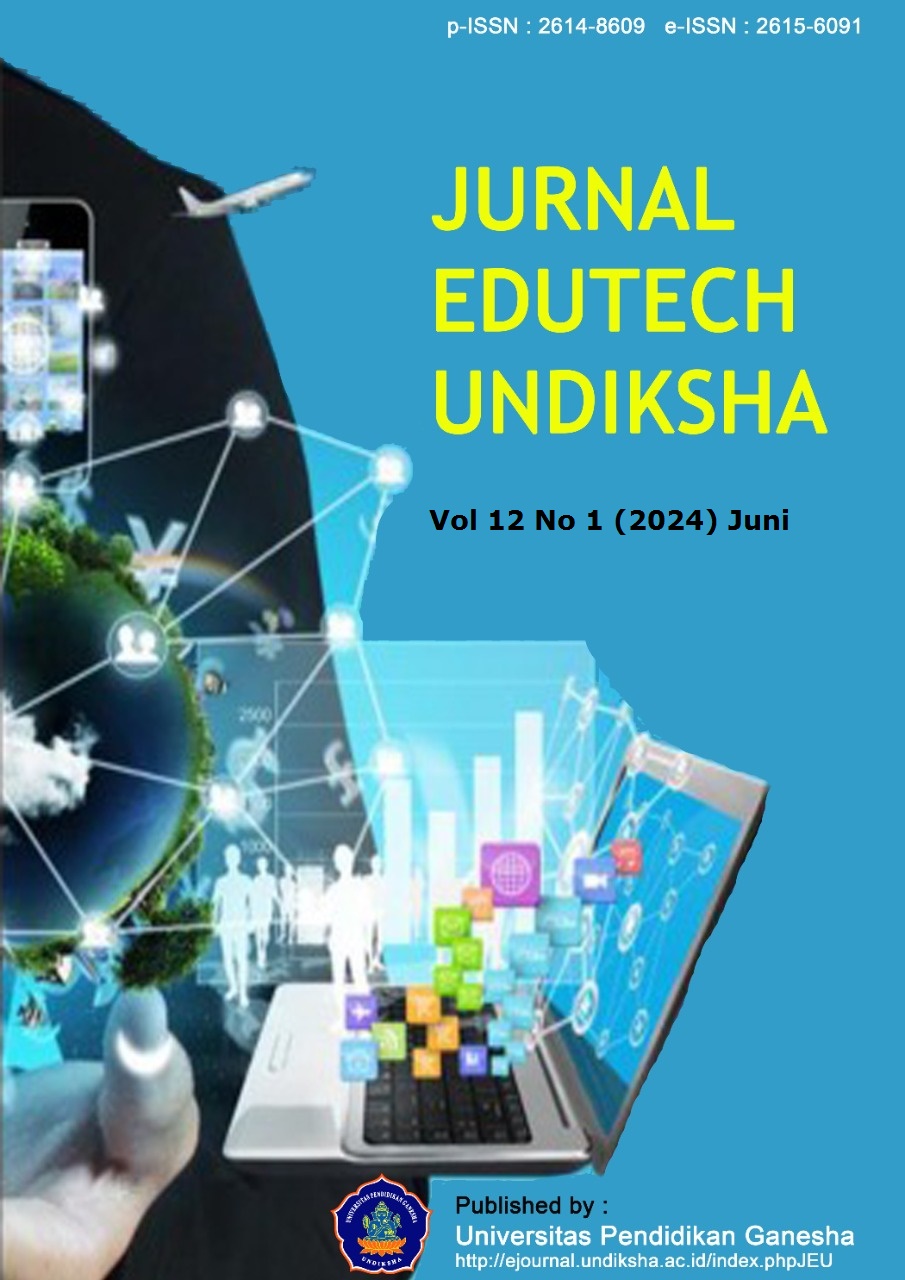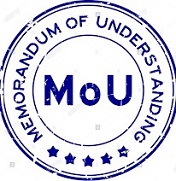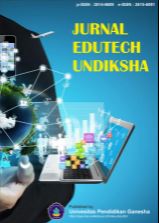The Impact of Picture Card Media Oriented to Strengthening Character Education on Balinese Language Learning Outcomes in Elementary Schools
DOI:
https://doi.org/10.23887/jeu.v12i1.62071Keywords:
Picture Cards, Characters, Learning Outcomes, Balinese LanguageAbstract
Currently, the quality of the character is decreasing. In addition, many students still need help understanding learning material. This study aims to develop a media-oriented picture card to strengthen character education on learning outcomes in Balinese for third-grade elementary school students. This research is a type of development research with the ADDIE model. The subjects of this study were 2 content experts, 2 learning designs, 2 learning media, and 2 teachers. The product trial subjects were 3 students for individual trials and 9 for small group trials. Data collection methods include document studies, rating scales, and written tests. The data collection instruments are document studies, rating scale sheets, and test questions. The data analysis techniques are descriptive qualitative analysis, quantitative descriptive analysis, and inferential statistical analysis. The study results, namely the assessment by subject content experts, are 0.94 (very high). The assessment results from learning design experts were 0.86 (very high). The results of the assessment of learning media experts are 0.94 (very high). The results of the practicality assessment given by the teacher and students obtained very good qualifications. The results of the effectiveness test show that there is a significant difference before and after using picture card media. It was concluded that picture card media was effectively used in learning Balinese.
Published
How to Cite
Issue
Section
License
Copyright (c) 2023 Gusti Ayu Kade Yeni Setiawati, Kadek Suranata, Kadek Yudiana

This work is licensed under a Creative Commons Attribution-ShareAlike 4.0 International License.
Authors who publish with the Jurnal EDUTECH Undiksha agree to the following terms:
- Authors retain copyright and grant the journal the right of first publication with the work simultaneously licensed under a Creative Commons Attribution License (CC BY-SA 4.0) that allows others to share the work with an acknowledgment of the work's authorship and initial publication in this journal.
- Authors are able to enter into separate, additional contractual arrangements for the non-exclusive distribution of the journal's published version of the work (e.g., post it to an institutional repository or publish it in a book), with an acknowledgment of its initial publication in this journal.
- Authors are permitted and encouraged to post their work online (e.g., in institutional repositories or on their website) prior to and during the submission process, as it can lead to productive exchanges, as well as earlier and greater citation of published work. (See The Effect of Open Access)














